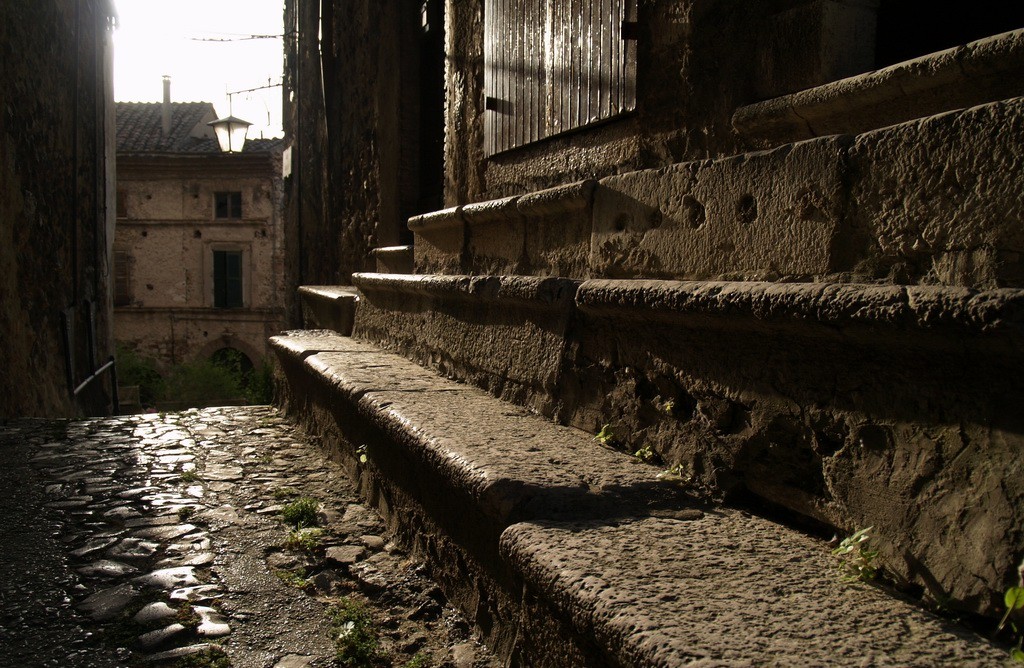
At the beginning of a hill of olive trees (450 m.s.lm) Stroncone is a typical medieval center. Built in the century X, at the time of the fortification, the oldest document on Stroncone, contained in the Chronicon of Farfense by Gregorio da Catino, dates back to 1012.
Stroncone has preserved its ancient and evocative characteristics over the centuries: narrow and winding streets, beautiful stone portals, the ancient well just inside the walls, the steps and the arches that divide the austere blocks.The habitants of Stroncone in the past, had to repeatedly shut themselves up within the city walls to defend their autonomy and in particular their Guelph faith.
Narni's proximity was the most bitter adversary; repeatedly destroyed the walls of Stroncone which forced the Pope Innocent III to hit the Narnesi with an interdiction bull, forcing them to rebuild how they had been razed to his.
After a period of independence, Stroncone remained a loyal subject of the Roman Church giving an evidence in his coat of arms. This is originally a castle in the blue field, it has turned into a white cross in a red field in question with eight crossed golden keys, symbol of papal authority.
In 1404 Andrea Tomacelli, follower of Ladislao, king of Napoli, settled in Stroncone, on the occasion of the passage of Pope Pio II on 14 December 1462 and surrounded the coat of arms of a wrapping band with two laurel and oak branches engraved with the legend 'Stronconium Liberum Romano tantum pontifici subiectum to serve libertas'.
Noteworthy are the finely miniated Corals of the century XV preserved in the cases of the Comunale Palace.
In 1860, Stroncone became a Municipality of the Kingdom of Italy; in 1947, after twenty years of annexation to the Municipality of Terni, it regained its autonomy.